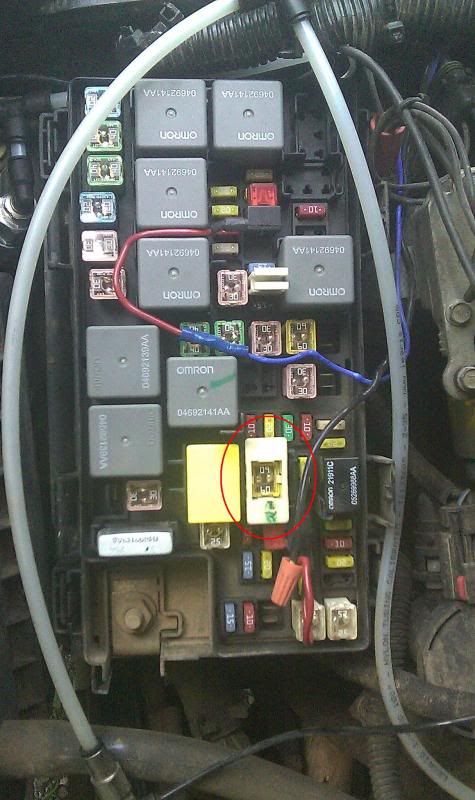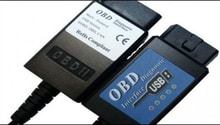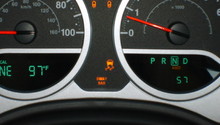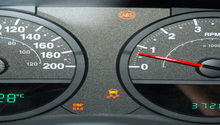Jeep Wrangler JK: How to Reset Check Engine Lights
A glowing check engine light could signal a number of issues. Read on to learn if your Jeep Wrangler is in need of repair, and how to reset the light once those repairs are made.
This article applies to the Jeep Wrangler (2007-Present).
While a check engine light glowing or flashing across your dashboard could create a sense of panic that you might be looking at some costly repairs soon, the truth is the issue could be as minor as a loose gas cap or low engine oil. Your best bet is to simply grab your on-board diagnostic (OBD-II) scanner and read your trouble codes. Once you've resolved the issue, it's easy to reset the light. However, don't reset the light until the problem has been completely resolved by either yourself or a professional mechanic or local Jeep dealer.

Materials Needed
- OBD-II scanner
- Replacement fuse (optional)
- Owner's manual
Step 1 – Run your trouble codes
First things first. Check your trouble codes to determine what exactly is causing your check engine light to glow (or worse, flash) on your dashboard. Once the problem is resolved (and only then) will you be ready to reset the check engine light on your dashboard.

Pro Tip
An OBD-II scanner can run you as little as $40 online; however, more expensive and higher quality scanners are also available for around $100+.
Step 2 – Check your fuse box
Your Ignition Off Draw (IOD) fuse might be blown or needs to be re-seated (pushed back into place). If the IDO fuse is blown or has become loose, your vehicle will quickly lose all power draw from its battery and stop working. Thus, causing your check engine light to appear on your dashboard.

Pro Tip
It's common for fuses to sometimes work their way out of a fuse box as the odometer on a vehicle racks up mileage. Don't panic by thinking that you are driving or handling your Jeep too roughly. Simply re-seat the fuse and presto: the issue is resolved!
Step 3 – Check your lift and tire combination
If you have installed a lift of two inches or higher with larger than normal tires of say 33 inches or above, you might notice a change in steering wheel performance. The "electronic stability control" warning light might also display on your dashboard. Have your steering wheel re-positioned to reset your Jeep. It might also be advisable to turn off the ESC feature in your Jeep if the warning light continues to reappear.
Step 4 – Disconnect your battery
- Once all your repairs are made, turn off your jeep and then disconnect your battery for 10 minutes.
- Once the battery is back in your Jeep (after the allotted time has passed), drive your jeep for approximately 20 or so miles.
- Your system should reset without any further incidence related to this particular issue.
Pro Tip
If you continue to have problems, it's advisable to seek professional assistance from a certified mechanic. Remember, you can always visit your local Jeep dealership for service. If your Jeep is still under warranty, all repairs will be made free of charge to you.
Related Discussions
- Fuse Error Message Resolved - JK-Forum.com
- ECU Reset Procedure - JK-Forum.com
- How to "Hard Reset" ECU - JK-Forum.com






